Please note: The workshops and breakout sessions will run concurrently. The breakout sessions are complimentary with a Delegate Pass or On-Demand Pass while the workshops are added content. If you wish to attend the workshops, you should select the "Delegate Pass + Workshop" Ticket.
See what will be covered at the 2025 event below:
Sessions with an * are subject to change


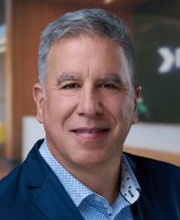

Bio to come!


Bio to come!


As a long-time sustainability advocate with 15+ years of design, strategy, and operations experience spanning startups and enterprise organizations, Mike has chosen to dedicate his peak productive and creative energies to addressing the urgency of our climate crisis.
Currently working with the environmental non-profit GreenBlue, he leads strategy and advisory services in support of 1300+ member organizations across their Sustainable Packaging Coalition and How2Recycle label program. Prior to joining GreenBlue, Mike worked at The Recycling Partnership as their first Director of Organizational Effectiveness, where he led initiatives resulting in more effective cross-functional collaboration and more efficient internal operations.
With a dedication to accelerating our transformation to a circular economy, redefining the metrics with which we measure societal progress, and designing new, sustainable, and responsible operating models for businesses and institutions, Mike is thrilled to bring his experience, expertise, and passion to advance the mission of Circular Philadelphia.
Mike lives in Germantown with his partner, Arielle, two kids, Marley and Zev, and doggo named Cooper. When he’s not staring at a laptop, be can be found in the woods, on the drums, or toiling in the dirt of the vegetable garden.


Optimistic packaging engineer with superb communication and problem solving skills. Well versed in private label packaging development, corporate ESG, and sustainable packaging commercialization. Passionate about sustainability and long-term solutions.


Crown Holdings, Inc. is a leading global supplier of rigid packaging products to consumer marketing companies, as well as transit and protective packaging products, equipment and services to a broad range of end markets. I am Manager – Global Sustainability for Crown Holdings, and I am based out of our office just outside of Chicago in Tinley Park, IL. I started my career at Crown as an analytical chemist in the R&D department, Crown Technology, and joined the Sustainability Team in 2021. I support the implementation of Crown’s ambitious Twentyby30 sustainability program along with various responsibilities such as sustainability reporting, supply chain engagement, and decarbonization strategies. I have an MBA from the University of Chicago Booth School of Business.


Bio to come
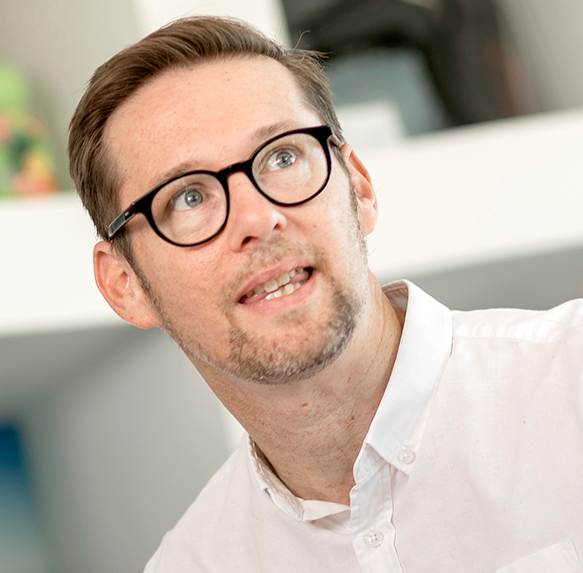
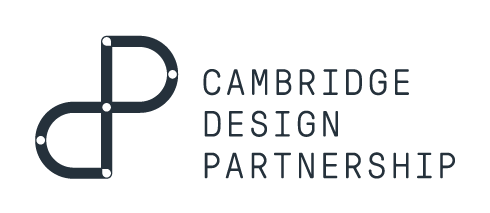
James is the Planning and Strategy Innovation leader at Cambridge Design Partnership. James has over 25 years of experience in the branding and packaging design industry, leading initiative for brand, design and innovation consultants, such as Landor Associates, Design Bridge and Touch.
His experience has included developing brand communications and delivering major packaging innovation for global FMCG companies across a hugely diverse set of categories with clients such as PepsiCo, Unilever, P&G, Nestle, Suntory, Mars Wrigley, Mondelez, Pernod Ricard and Natura, to name but a few.
James’ experience in navigating challenging political environments with stakeholders across all functions, has enabled his clients to overcome barriers and unlock opportunities, building bespoke, tangible innovation roadmaps to move toward a sustainable circular economy. James is a seasoned conference speaker and thought leader in his field.


Jason Bergquist is the CEO – North America at RecycleMe, the consulting division of Reclay Group International. With over 35 years of expertise, Jason has led commercial and municipal waste divisions, material recovery operations, and bottle bill redemption in Maine, New York, and California. Throughout his career, he has worked in the U.S., Europe, and Asia, and brings a global perspective to recycling. He holds a Juris Doctor (JD) degree from John F. Kennedy University of Law and has advised on Superfund compliance, beverage container deposit law and hazardous waste management.
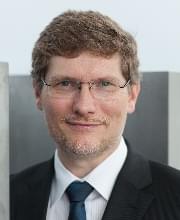
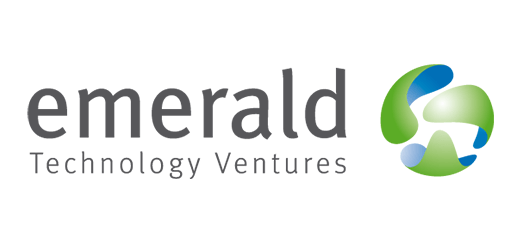
Based in Emerald’s Toronto office, Neil’s sector expertise is in the field of advanced materials and processes; he co-leads the sustainable packaging practice at Emerald with Fredric Petit. As a Partner, he is delighted to be involved in all phases of the investment process, helping young deep-tech start-ups become heavy-hitters in the circular economy. Neil also joins with the entire Emerald team in supporting the open innovation initiatives of some of the world’s leading corporate partners as they achieve their sustainability and profitability goals. In the Emerald Portfolio, past and present Board roles include Phase Change Energy Solutions, Tropic Biosciences, actnano, Lucintech and others.
Neil’s academic background is in advanced materials (PhD in Chemistry from McGill University & BSc in Chemistry and Biochemistry from the University of King’s College (Dalhousie University)), but generally, if it has mass, occupies space, is intriguing and creates value, he is interested! Neil is a product of the global village and is happy to commiserate in English or French.
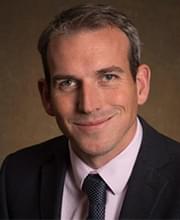

Ciaran is responsible for delivering Smithers global growth initiatives and supporting Smithers Asian client base.
Ciaran has been working for Smithers for nearly twenty years supporting the packaging, print and paper value chains with key market and technical information in the form of conferences, reports and consulting. Ciaran has worked on winning and delivering a wide range of market consultancy projects to major industry players, recent projects include a global assessment of printing and packaging growth trends and market assessment for a major new product launch for one of the world’s largest packaging converters.
Ciaran has launched and managed many international conferences in this sector including Digital Print for Packaging, SustPack, Specialty Papers and Print Futures.
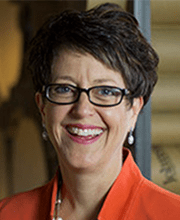

Suzanne is the voice and the vision of Shelton Group. Drawing on her extensive experience in energy and the environment – and 25+ years in the marketing and advertising industry – Suzanne provides high-level strategic insights for our clients and guidance for our research and creative departments. She regularly speaks at conferences around the country, including Sustainable Brands, Fortune Brainstorm E and the International Builders’ Show, and serves as a guest columnist for publications like Fast Company, Green Builder and GreenBiz.com.
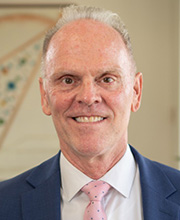

A well-known leader in the government affairs arena for more than 20 years, Dan has worked within the bottled water, credit card, healthcare and information management industries. He is particularly passionate about environmental, sustainability and packaging issues and has lobbied extensively in those areas at the state and federal levels.


bio to come!

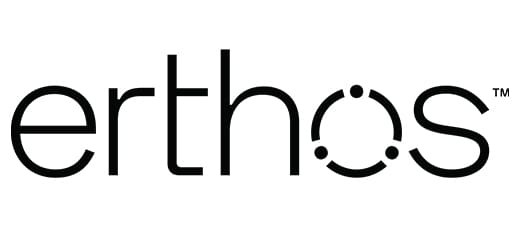
Nuha is on a mission to build a new standard for sustainable materials that puts our earth first. She founded erthos while still completing her Business & Environmental Economics degree at the University of Toronto (Rotman). When her peers headed off to full-time jobs after graduation, she decided to go full-speed with erthos, scaling the company to a team of 20, raising over $11M UA dollars, and launching global manufacturing pilots to tackle the issue worldwide. As an entrepreneur in an emerging technology space, Nuha plays an active role in supporting the development of the diverse innovation ecosystem in Canada and Globally. From serving as a board member of National sustainability organizations and accelerators like Canada Plastics Pact and Enactus Canada to mentoring young entrepreneurs and women in STEM, she is dedicated to supporting next-generation leaders who are collectively working together to positively impact this planet. Nuha's work in building erthos has been recognized globally, and the rapid expansion of erthos as one of Canada's fastest-growing cleantech companies. She was recently awarded by Bay Street Bull 30x30 and is on this year's Forbes 30 Under 30 list.


Bio to come!
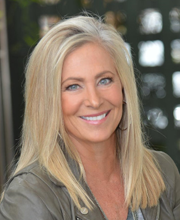

Kimberly Kovacs is the CEO of RENW. She also serves as CEO of Element6 Dynamics, an agtech innovator focused on reducing Scope 3 emissions and advancing biogenic carbon solutions through industrial hemp.
With over 20 years of experience as an entrepreneur, Kimberly has a reputation for developing and scaling solutions. The inaugural Forbes 50 over 50 in Investing honoree has played a founding role in seven companies, successfully raised over $120 million in equity capital and achieved multiple lucrative exits.
Her past accomplishments include co-founding Oryxe Energy, where she led the development of a bio-based additive that allowed refineries to meet clean air emission standards without costly infrastructure changes. This gained attention from the EPA and Congress, leading to work with Hillary Clinton to amend the Clean Air Act, facilitating the additive's adoption. Her efforts resulted in significant partnerships with oil companies and a $300 million acquisition offer from DuPont. Now at the helm of RENW and Element6 Dynamics, Kimberly continues to pioneer sustainable solutions that meet the needs of businesses and their customers.


With more than a decade of experience in climate-solutions businesses, Leslie has built and led high-impact teams across the composting and organics recycling sectors. As former Director of Sales & Marketing at Atlas Organics, a commercial composting company, she played a critical role in scaling the company from a regional operation to a multi-state leader, expanding into new markets, advancing organics diversion programs, and increasing the value and application of finished compost.
A passionate advocate for composting infrastructure, soil health, and environmental education, Leslie has served on the BPI Board of Directors, where she helped launch the first Composter & Municipalities Committee. She has also contributed to US Composting Council, the Closed Loop Partners Composting Consortium, Don't Waste Food SC, and Kiss the Ground as a trained Soil Advocate.
Leslie is based in Spartanburg, South Carolina, where she is an active community leader, volunteer, and dedicated mother of three.


Maurizio is currently the Innovation and Marketing Director for IML at Multi Color Corporation and spent the last 20 years in marketing and product management in the packaging industry. working with companies such as WestRock (now Smurfit Westrock), Tetra Pak, Avery Dennison, Klockner Pentaplast, and Robopac. Born in Bologna, Italy, Maurizio is dedicated to creating sustainable value for customers and supporting business growth with circular packaging solutions.
Maurizio holds a Ph.D. in Chemistry and a Master's in Marketing, with research experience at institutions including UT Austin, GA Tech, EPFL Lausanne and Monash University in Melbourne.


Bio to come!


Brittney Esch is a Sustainability Analyst at Trayak, a sustainability software solutions and consulting company recognized for its pioneering EcoImpact platform dedicated to advancing product and packaging sustainability.
Brittney is an expert EcoImpact user and directly works with sustainability professionals, designers, and engineers in different industries to help them meet their sustainability goals.
She uses Life Cycle Assessments (LCA) to benchmark products and packaging. She leverages advanced data analytics to uncover areas of improvement within a company's product and packaging portfolio. She leverages smart feedback to help guide customers with different sustainability strategies. Brittney has experience with performing LCA on both single use and reusable packaging strategies. Brittney has worked with 30+ customers in the CPG, Retail, Pharmaceutical and Packaging Suppliers.


John Starke has a background in engineering and manufacturing, with extensive experience in industrial operations, specializing in product, production, and quality engineering. He has worked in the waste industry for several years, and as the founder of MyMatR, he set out to empower individuals and organizations to manage their waste more effectively, contributing to a more efficient disposal system. By providing solutions that collect better waste data, engage and educate depositors, and correct deposits in real-time, MyMatR seeks to improve the accuracy, accountability, and impact of waste disposal programs. Outside of work, John is a dedicated bagpiper and an active member of two pipes and drums bands.


Bio to come!

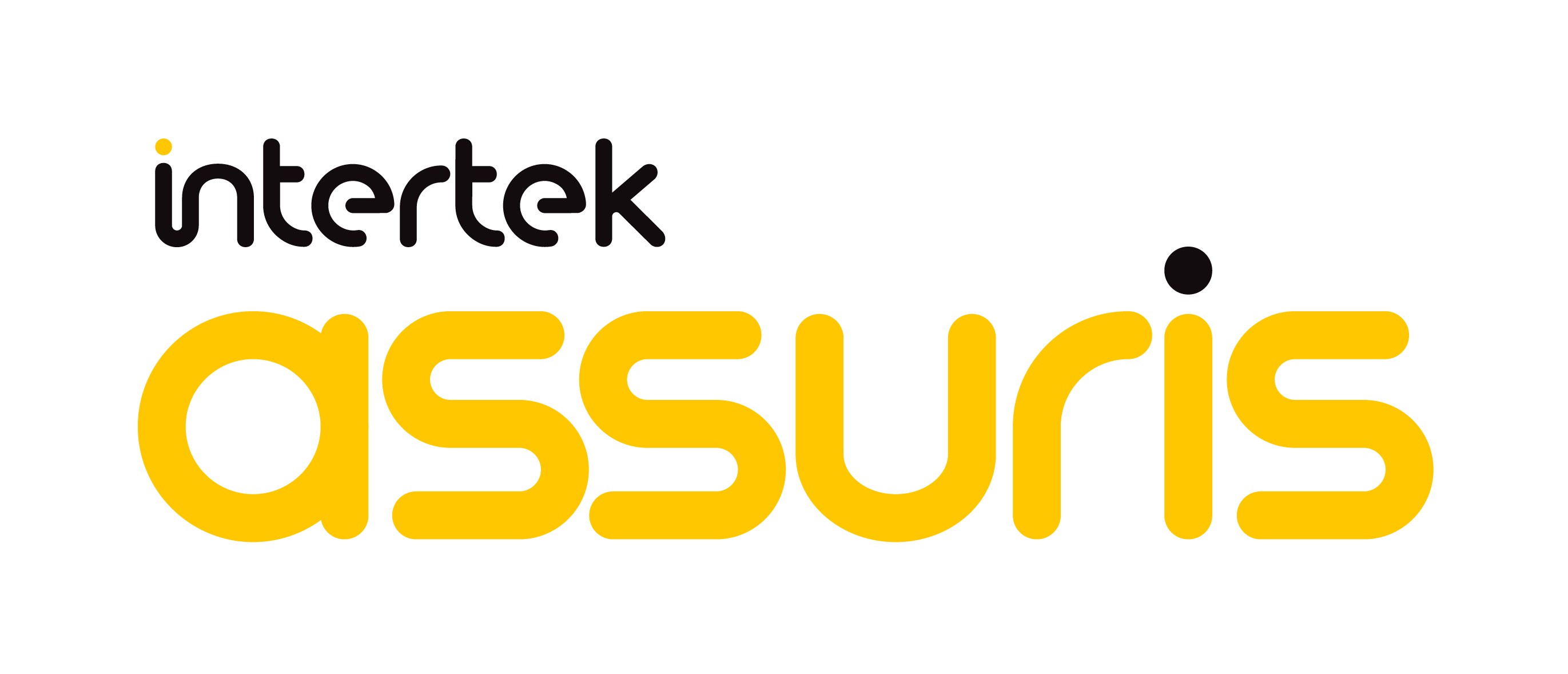
Bio to come!